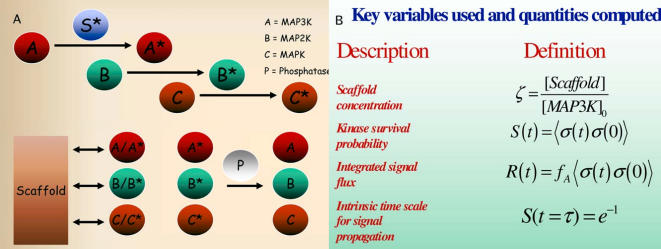Figure 1. A model to study dynamical properties of a scaffold mediated signaling cascade.
(A) Schematic of the events considered in the scaffold mediated signaling cascade. Each kinase, if activated, can activate its downstream substrate when the two proteins are in close proximity. Kinases can bind and unbind to the scaffold and phosphatases can, upon encountering an active kinase, deactivate it. Activation potentially occurs both in solution and on a scaffold. Each forward and backward reaction is modeled as a elementary reactive collision with an energy barrier, E. Energy barriers, E, were taken to be zero so that all kinetics are diffusion limited (B) Key variables and the main quantities computed are shown. ζ is the dimensionless scaffold concentration. The concentration of scaffold proteins [Scaffold] is scaled to the density of the first kinase in the cascade [MAP3K]0 ( ). The survival probability
). The survival probability  , where σ(t) is zero is a kinase has become active and one otherwise (brackets denote an ensemble average); S(t) is the probability that the final kinase has been activated given that it was inactive at t = 0.
, where σ(t) is zero is a kinase has become active and one otherwise (brackets denote an ensemble average); S(t) is the probability that the final kinase has been activated given that it was inactive at t = 0.  , where fA is the fraction of active kinases at steady state; R(t) is the integrated reactive flux of kinase activation. The characteristic time scale of signal propagation τ is defined by the relation S(t = τ) = e
−1.
, where fA is the fraction of active kinases at steady state; R(t) is the integrated reactive flux of kinase activation. The characteristic time scale of signal propagation τ is defined by the relation S(t = τ) = e
−1.

